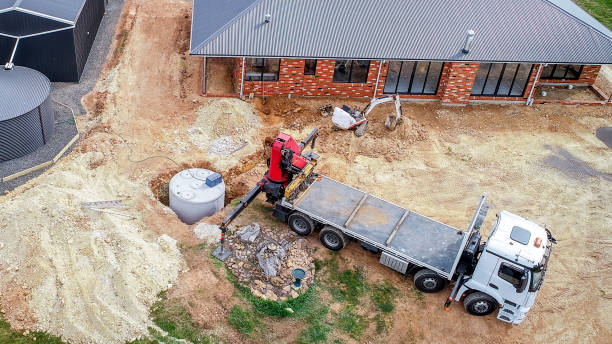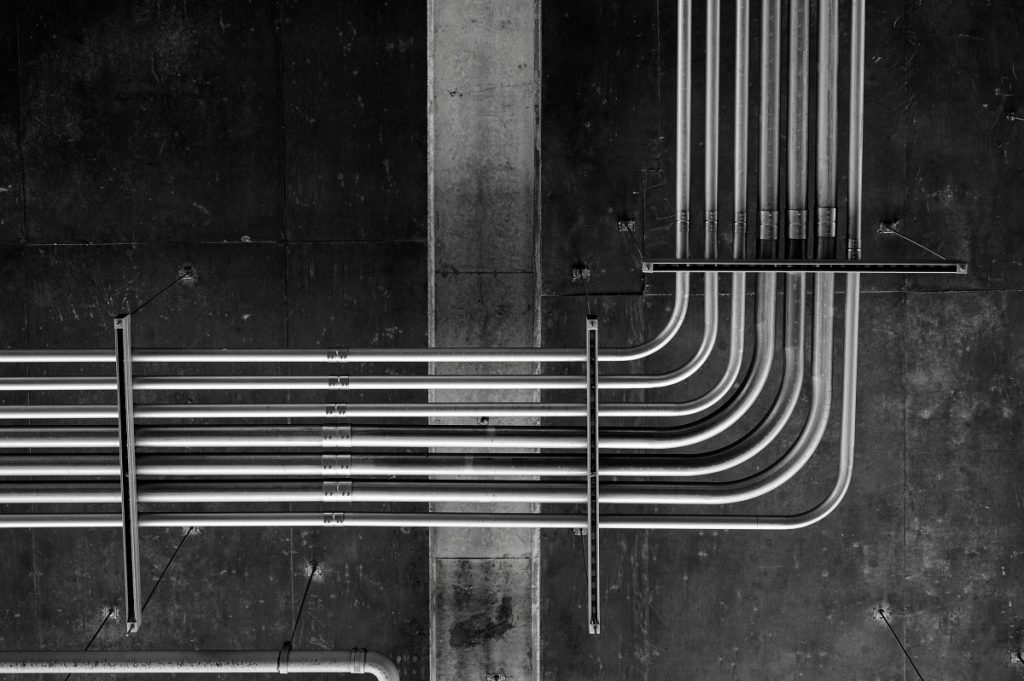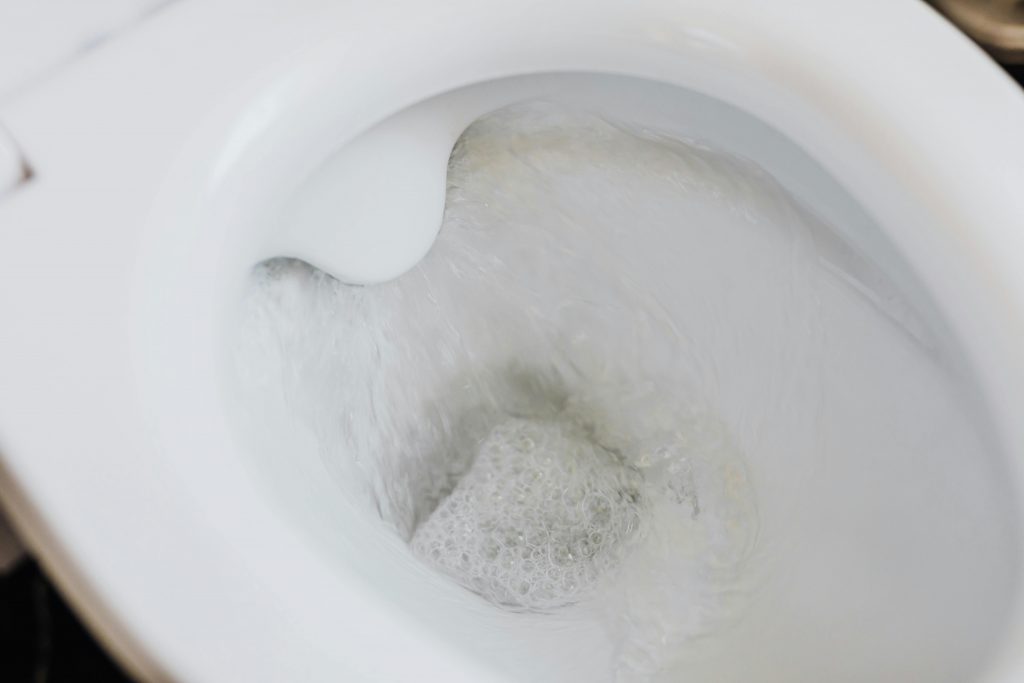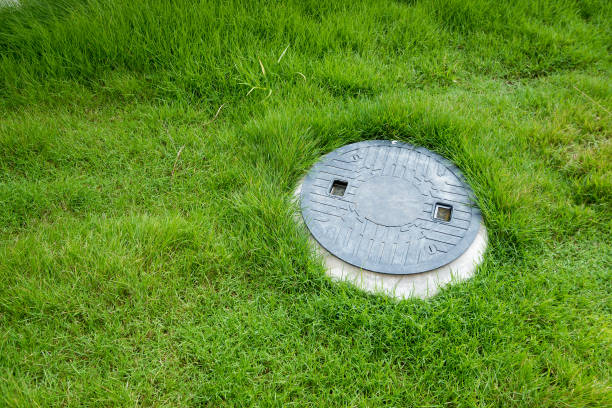
How Does a Septic Tank Work? Everything Homeowners Need to Know
- Septic tanks treat household wastewater on-site by separating solids, liquids, and scum, using natural bacterial processes to reduce waste and prevent contamination.
- Step-by-step operation: Wastewater enters the tank → solids settle → bacteria break down organic matter → effluent flows to the drain field → soil filters and cleans the water.
- Regular maintenance is essential: Pump the tank every 3–5 years, schedule inspections every 1–3 years, and monitor for slow drains, odors, or pooling water.
- Common problems include: clogged pipes, drain field failure, tree root intrusion, and tank cracks; early detection prevents costly repairs.
- Household habits impact performance: Avoid flushing non-biodegradable items, reduce water usage, and use septic-safe cleaning products.
- Drain fields are critical for treatment, filtering effluent naturally before it enters the groundwater; protecting them from heavy loads and roots extends system life.
- Lifespan and cost: Septic tanks can last 20–50 years depending on material and care, with installation costs ranging from $1,500–$7,000.
If you live in a rural area or a home without access to a municipal sewer system, chances are your home uses a septic tank. Septic systems handle your household wastewater, but how exactly do they work? Let’s break it down step by step, explore common problems, and cover everything you need to know to keep your system running smoothly.
What Is a Septic Tank?
A septic tank is a buried, watertight container that treats and disposes of wastewater from your home. It’s usually made of concrete, fiberglass, or plastic. Unlike municipal sewer systems, septic tanks operate on-site, treating waste directly in your yard.
The tank’s main job is to separate solids from liquids and begin breaking down organic matter, ensuring wastewater is safe to release into the drain field. Without a properly functioning septic tank, your home could face plumbing issues and health risks.
How Does a Septic Tank Work Step by Step?
Understanding how a septic tank functions can help homeowners maintain it properly and avoid costly repairs. While it may seem like a simple underground box, a septic tank is actually a carefully engineered system that uses natural processes to treat wastewater. Let’s break down each step in detail.
Step 1: Wastewater Enters the Tank

Every time you flush a toilet, run the dishwasher, take a shower, or even wash your hands, wastewater travels through your home’s plumbing and into the septic tank via a main inlet pipe. This is the first critical stage of the process.
The septic tank is designed to handle the daily volume of wastewater produced by your household. Its size is carefully calculated based on the number of occupants and typical water usage. The tank acts as a temporary storage unit, giving the system time to separate solids from liquids and begin the natural breakdown process.
At this stage, it’s important to note that anything you flush down the drain enters the tank. Non-biodegradable items, grease, or harsh chemicals can disrupt the treatment process or cause clogs, so what goes into the system matters.
Step 2: Separation of Solids and Liquids
Once inside the tank, wastewater separates into three distinct layers, thanks to differences in density:
- Scum: This top layer is made of lighter substances such as oils, fats, and grease. Because these materials float, they form a layer that must be regularly monitored and pumped out during maintenance to prevent overflow.
- Effluent: The middle layer consists mainly of liquid wastewater. This layer is relatively clear and will eventually flow out of the tank to the drain field for further treatment.
- Sludge: The heaviest solids, such as food particles, human waste, and other dense matter, sink to the bottom of the tank. Over time, sludge accumulates and requires periodic pumping to keep the system functional.
This natural separation is key to the septic tank’s operation. It prevents solid material from entering the drain field, which could otherwise clog it and cause system failure.
Step 3: Breakdown of Organic Matter
A septic tank is more than just a storage container—it’s a living ecosystem. Bacteria naturally present in wastewater begin breaking down organic matter in the sludge and effluent layers.
This bacterial activity:
- Reduces the volume of solid waste, slowing the rate at which the tank fills.
- Converts some organic waste into gases, such as carbon dioxide and methane, which are safely vented from the tank.
- Helps prevent foul odors from escaping the tank if the system is properly sealed.
Maintaining a healthy bacterial population is crucial. Using harsh chemicals or antibacterial cleaners excessively can kill these bacteria and disrupt the tank’s natural treatment process.
Step 4: Effluent Leaves the Tank
Once the liquid wastewater in the effluent layer reaches a certain level, it flows out of the tank through a T-shaped outlet. This outlet is designed to prevent floating scum or settled sludge from leaving the tank.
The effluent then enters the drain field (also called a leach field or absorption field), where it undergoes further treatment. Proper tank design and maintenance ensure that only mostly clear liquid exits, protecting the drain field from clogs and damage.
Step 5: Drain Field Treatment
The drain field is a critical component of the septic system. It consists of perforated pipes laid in gravel-filled trenches or beds, allowing wastewater to slowly percolate into the surrounding soil.
Here’s what happens in the drain field:
- Filtration: Soil particles physically filter out remaining solids.
- Bacterial Treatment: Soil microorganisms further break down harmful bacteria, viruses, and nutrients.
- Absorption: Cleaned water percolates into the groundwater, completing the natural treatment process.
The health of the drain field is essential for a septic system’s longevity. Excessive water use, heavy soil compaction, or root intrusion can impair the field’s ability to treat wastewater properly, leading to backups or contamination.
Why Is a Septic Tank Important?
Septic tanks are more than just a container for wastewater—they protect your home, the environment, and your wallet:
- Protects Your Home: Prevents raw sewage from backing up into your plumbing.
- Environmental Safety: Treats wastewater before it reaches soil or water sources.
- Cost-Effective: Eliminates the need for expensive sewer connections.
How Long Do Septic Tanks Last?
The lifespan of a septic tank depends on its material and maintenance:
- Concrete tanks: 40–50 years
- Fiberglass tanks: 30–40 years
- Plastic tanks: 20–30 years
Proper maintenance can extend a tank’s life, while neglect can lead to expensive repairs or replacement.
How Often Should You Pump Your Septic Tank?
Pumping your septic tank removes accumulated sludge and scum that can reduce efficiency.
Typical Schedule: Every 3–5 years for an average household
Signs You Need Pumping:
- Slow drains in sinks and toilets
- Unpleasant odors near the tank or drain field
- Sewage backup inside the home
Common Septic Tank Problems
Even with regular maintenance, septic tanks can face issues over time. Understanding common problems and their causes can help homeowners address them early before they become expensive repairs.
Clogged Pipes
What Happens:
Clogs in septic pipes occur when non-biodegradable items or large solids enter the system and obstruct wastewater flow. A blocked pipe can slow down drainage or cause sewage to back up into your home.
Common Causes:
- Flushing wipes, diapers, feminine hygiene products, or paper towels
- Pouring grease or cooking oil down drains
- Accumulation of large amounts of food waste from a garbage disposal
Signs of a Clog:
- Slow draining sinks, toilets, or showers
- Gurgling sounds from drains
- Water backing up in the lowest drain in the house
Solution:
Clogs may require professional snaking or tank inspection. Prevention is key—avoid flushing anything other than human waste and toilet paper.
Drain Field Failure
What Happens:
The drain field is designed to disperse effluent into the soil. If the soil becomes saturated or compacted, the effluent can’t drain properly, leading to system failure.
Common Causes:
- Excessive water use in the household (long showers, multiple loads of laundry)
- Heavy soil compaction from vehicles or construction over the drain field
- Poorly designed or undersized drain field
Signs of Drain Field Failure:
- Pooling water near the tank or field
- Unpleasant odors outside
- Bright green, unusually lush grass over the drain field
Solution:
Reduce water use, repair damaged areas, or, in severe cases, install a new drain field.
Tree Root Intrusion
What Happens:
Tree roots naturally seek moisture and nutrients. Roots can grow into pipes, cracking them or creating blockages that prevent proper wastewater flow.
Common Causes:
- Planting trees or shrubs too close to the septic tank or drain field
- Aging pipes with small leaks that attract roots
Signs of Root Intrusion:
- Slow drainage in one part of the house
- Repeated clogs despite maintenance
- Cracks or bulges in visible parts of the pipe
Solution:
A professional can remove roots and repair or replace affected pipes. Avoid planting large trees near your system.
Tank Cracks
What Happens:
Concrete tanks can crack over time due to shifting soil, heavy loads above ground, or natural wear and tear. Cracks allow wastewater to leak into the surrounding soil, potentially contaminating groundwater.
Common Causes:
- Soil movement or settling
- Driving or building over the tank
- Poor-quality construction or aging concrete
Signs of Tank Cracks:
- Wet or soggy soil around the tank
- Unusual odors above the tank
- Sewage backup in the home
Solution:
Professional inspection is necessary. Small cracks may be repairable, but large cracks often require tank replacement.
How to Spot Issues Early
Early detection can save you from costly repairs. Keep an eye out for:
- Slow or gurgling drains in the home
- Unpleasant odors near the tank or drain field
- Pooling water or muddy areas around the tank
- Bright green patches of grass over the drain field
Regular observation and timely professional inspections can prevent small issues from becoming major problems.
How to Maintain Your Septic Tank
Proper maintenance keeps your septic system efficient and extends its lifespan. Here are practical tips every homeowner should follow:
Watch What You Flush

Your septic system relies on a delicate balance of bacteria to treat waste. Flushing the wrong items can disrupt this balance and clog the system.
Avoid flushing:
- Diapers, wipes, and sanitary products
- Cooking grease and oils
- Chemicals, bleach, and harsh cleaners
Tip: Use biodegradable, septic-safe products whenever possible.
Reduce Water Usage
Overloading your system with water can push solids into the drain field and reduce treatment efficiency.
Practical steps:
- Spread out laundry loads throughout the week
- Fix leaks promptly to prevent constant water flow into the tank
- Avoid long showers in quick succession
Conserving water not only protects your septic tank but also reduces your utility bills.
Protect the Drain Field
The drain field is sensitive and can be damaged by weight or invasive roots.
Do:
- Keep vehicles and heavy equipment off the drain field
- Avoid building structures or decks on top of the field
- Plant only shallow-rooted grass or plants above it
Schedule Regular Inspections
Professional inspections can detect minor issues before they escalate.
Recommended schedule:
- Inspect your system every 1–3 years
- Pump the tank every 3–5 years, depending on usage
A professional can identify sludge levels, cracks, or early signs of drain field problems. Keeping detailed records of inspections and pumping dates also helps maintain your system efficiently.
Can You Use Chemicals in Your Septic Tank?
Harsh chemicals can harm the beneficial bacteria that break down waste. Avoid:
- Large amounts of bleach
- Chemical drain cleaners
- Pesticides or antifreeze
Opt for septic-safe cleaning products to maintain a healthy bacterial environment.
How Big Should a Septic Tank Be?
Tank size depends on household size and water usage:
- 1–2 people: 750–1,000 gallons
- 3–4 people: 1,000–1,250 gallons
- 5+ people: 1,250–1,500+ gallons
Undersizing a tank can lead to frequent pumping and system failures, while an oversized tank may be unnecessarily expensive.
Signs Your Septic System Is Failing
- Sewage backups in sinks or toilets
- Slow drains
- Foul odors outside or inside your home
- Pooling water or unusually lush patches of grass over the drain field
How Does a Drain Field Work?
The drain field, or leach field, is where treated wastewater returns to the soil.
- Effluent flows through perforated pipes in the field
- Soil naturally filters bacteria and nutrients
- Clean water eventually seeps into groundwater
DIY Septic Tank Care Tips
Some care is simple enough for homeowners:
- Monitor water usage
- Flush only septic-safe products
- Inspect the tank area for leaks or wet spots
- Keep a record of pumping and maintenance dates
What Can Damage a Septic Tank?
- Flushing non-biodegradable items
- Pouring chemicals down the drain
- Driving or building over the drain field
- Ignoring scheduled maintenance
How Much Does a Septic Tank Installation Cost?
Costs depend on tank size, material, and site conditions:
- Concrete tanks: $3,000–$7,000
- Plastic tanks: $1,500–$3,000
- Fiberglass tanks: $2,500–$5,000
Proper installation is crucial to avoid future problems.
Do Septic Tanks Smell?
A properly working tank should not smell. Odors may indicate:
- Pipe blockages
- Drain field issues
- Overflowing sludge
If odors persist, call a professional for inspection.
How Does a Septic Tank Differ from a Sewer System?
- Septic Tank: On-site system, treats wastewater using natural bacteria and a drain field.
- Sewer System: Centralized system, transports wastewater to a treatment plant.
Septic tanks give independence but require more hands-on maintenance.
Tips for Long-Term Septic Tank Health
- Schedule professional inspections regularly
- Avoid flushing harmful substances
- Conserve water to prevent overloading
- Keep the drain field clear of heavy objects and trees
- Educate everyone in the household about safe flushing habits
Frequently Asked Questions About Septic Tanks
Q: How often should a septic tank be inspected?
A: Every 1–3 years depending on usage and size.
Q: Can I plant grass over the drain field?
A: Yes, grass prevents erosion, but avoid trees with invasive roots.
Q: Is it safe to use a garbage disposal?
A: Small amounts are usually fine, but excessive use increases sludge buildup.
Q: What happens if a septic tank is ignored?
A: Neglect can cause backups, drain field failure, contamination, and costly repairs.
Closing Thoughts
Septic tanks are an essential, often overlooked part of rural or off-grid homes. Understanding how they work, recognizing warning signs, and maintaining your system can prevent problems and save you money. With proper care, a septic tank can provide decades of reliable service, keeping your home safe and your environment protected.

